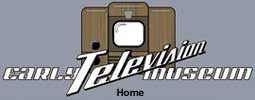

 |
 |
John Logie BAIRD
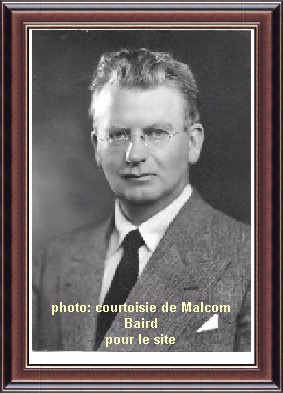
John L. BAIRD was born in Dubeton SCOTLAND and spent a part of his childhood in Helensburgh. He was 22 years old, when the spirit still filled with the adventures of his preferred author H.G.WELLS, he travel to London. There, in his workshop in Soho, he began his first experiments on television (photo below).
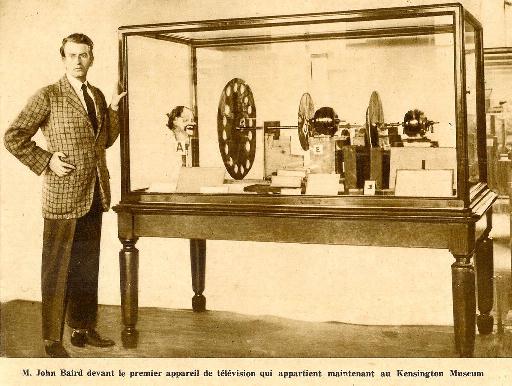
He obtained first results around 1924/1925: a coarse image of 'Stocky Bill', a ventriloquist puppet which he used as a model. Dealing with a very limited budget, He hardly started his first experiments on the Nipkow disc, using parts coming from various obsoletes devices, such as bicycle glasses etc..
At that time in the USA,
C.Francis JENKINS also carries out television experiments and succeeds in transmitting fixed images of simple shaped silhouettes, cut out in black and white cardboard. But Jenkins also invents the neon lamp, also called Kino lamp, that one put behind the Nipkow disk to provide the modulated light source.
J.L. BAIRD progressed in its experiments and soon achieved a complete operational system for remote television;
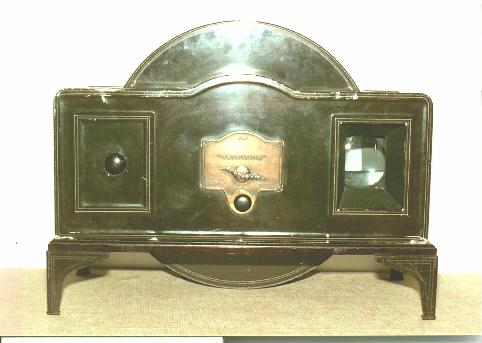
At the beginning of 1928, J.L. BAIRD made the first transmission of image between London and Glasgow. Few time later, he makes the first of transmission of a scene televised between London and New York. The short waves capabilities for long-range communication, helped making this experiment to succeed.
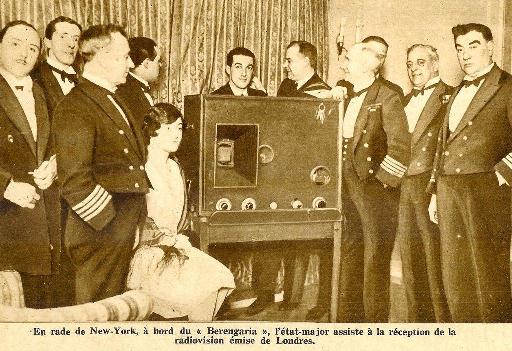
The first transatlantic television experiment of John BAIRD, catch the attention of many countries. In France mid-1928, the 'Compagnie des Compteurs de Montrouge', C.D.C., represented by its chairman, Mr. Ernest CHAMON, asked for a meeting with Mr. BAIRD in London. Upon their return to France, Ernest CHAMON asked Jean Le DUC to create a television service. and so, the C.D.C entered the great adventure of the television.
John BAIRD continued his retless experiments, inventing his 'Phonovisor', an apparatus apparented to the gramophone, and succeeded in engraving images signals on aluminium discs. Some of them were found in the years 1990 and restored (see the web site of Don Mc. LEAN). By those times, BAIRD also invented the 'Noctovisor' for nightly catch of sight and showed interest in colour television.
John L.BAIRD died in 1946 after a whole life dedicated to television. For more information on the man and his life, see the web site of his son Malcom BAIRD.